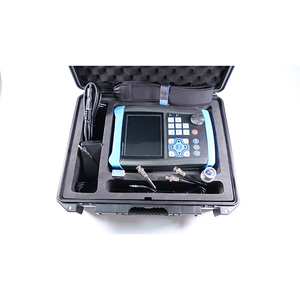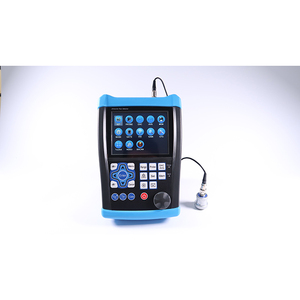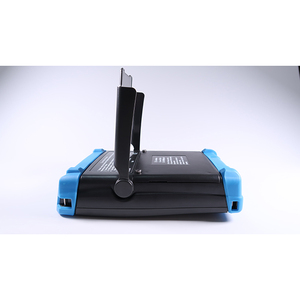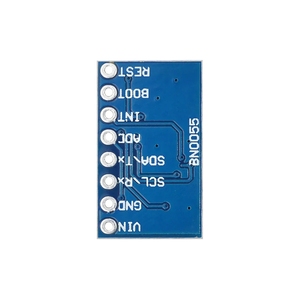Understanding the 9DOF IMU Sensor
The 9DOF IMU (Inertial Measurement Unit) Sensor is an essential piece of technology that combines three types of sensors—accelerometers, gyroscopes, and magnetometers—to provide comprehensive motion tracking capabilities. These sensors are integral in applications ranging from robotics and smartphones to gaming and augmented reality. The versatility and precision of the 9DOF IMU sensor make it an invaluable tool for developers and engineers aiming to achieve true motion fidelity.
Types of 9DOF IMU Sensors
There are various types of 9DOF IMU sensors available on the market, each designed to cater to niche applications and requirements:
- Standalone Sensors: These are independent units that can be integrated into projects requiring motion tracking without external components.
- Sensor Fusion Devices: These combine multiple sensor types for enhanced accuracy, often optimized with algorithms to provide better data interpretation.
- Miniature Sensors: Designed for compact applications like drones and wearables, these sensors offer flexibility and space-saving solutions.
- Wireless IMUs: Offering Bluetooth or Wi-Fi connectivity, these sensors enable real-time data transmission for remote monitoring and analysis.
Applications of 9DOF IMU Sensors
The 9DOF IMU sensor is utilized in diverse fields and industries, showcasing its multipurpose functionality:
- Robotics: IMU sensors are crucial in stabilizing and controlling robotic movements, enabling precise navigation and operation.
- Automotive Systems: In modern vehicles, IMUs assist with stability control, collision detection, and navigation systems.
- Smartphones and Wearable Devices: They are the backbone of motion-sensitive functionalities like gaming, fitness tracking, and augmented reality applications.
- Drones: 9DOF IMU sensors help drones maintain stable flight paths, enhancing maneuverability and safety during aerial navigation.
Features and Advantages of 9DOF IMU Sensors
The 9DOF IMU sensor boasts an array of features that set it apart from other types of sensors, making it a preferred choice for developers:
- High Sensitivity: The sensor provides precise measurements of acceleration and angular velocity, essential for applications requiring high accuracy.
- Real-Time Data Processing: With built-in processing capabilities, the IMU sensor offers real-time data output, reducing latency and enhancing performance.
- Compact Design: Many 9DOF sensors are designed in small form factors, making them suitable for various tight spaces in modern devices.
- Compatibility: These sensors can easily interface with common microcontrollers and platforms, facilitating straightforward integration into projects.
- Versatility: Their broad range of applications ensures that they can be employed in multiple sectors, from consumer electronics to industrial automation.






































